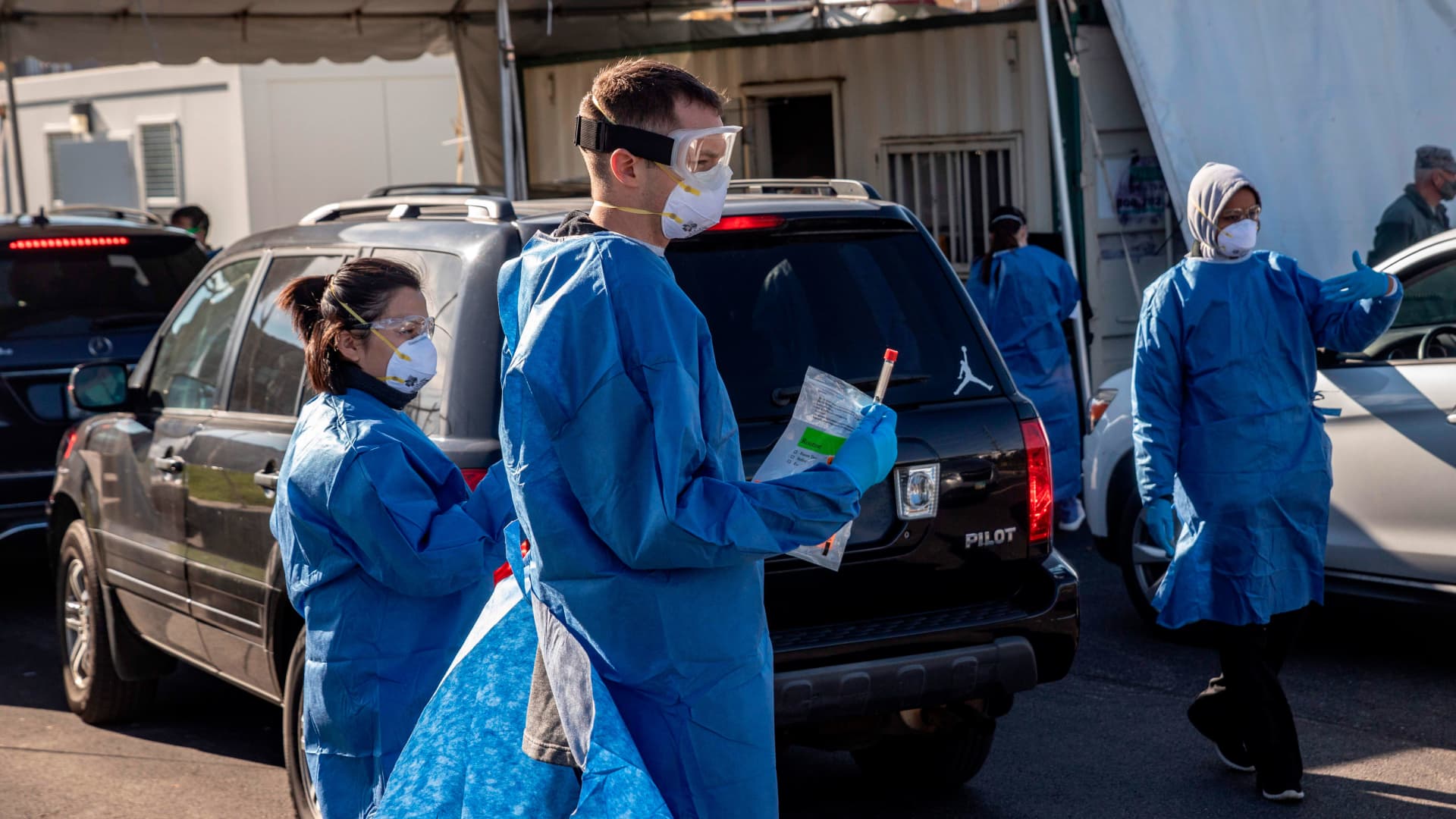If anyone is interested in the reports of anaphylaxis in the Pfizer-BioNTech vaccine, here's probably the most authoritative source at the moment, from the CDC's Morbidity and Mortality Weekly Report:
As of January 3, 2021, a total of 20,346,372 cases of coronavirus disease 2019 (COVID-19) and 349,246 associated deaths have been reported in the United States.

www.cdc.gov
If you don't want to sift through what is a rather technical article, here's the key points. The most up-to-date, complete data comes from 14-23 December, so this is only very preliminary reporting and expect the numbers to change as we accumulate more data. For the period covered by this data, there were 21 reported cases of anaphylaxis to the vaccine, out of 1.893 million doses given, which calculates to a rate of 11.1 cases per million. Right now, it is too early to compare this rate to other, more well-established vaccines.
The majority of anaphylactic reactions (71%) occurred within 15 minutes of receiving the vaccine and all occurred within 30 minutes. No deaths occurred, and 20 of the 21 were confirmed completely recovered after receiving the appropriate treatment (the data on the remaining patient was not complete). 4 of the cases required brief hospital stays, the remainder were treated and released from the ER. 17 of the 21 had a previous history of some kind of allergy, and 7 had a previous history of anaphylaxis.
There were also 83 cases of minor allergic reactions. No information on their status beyond that, but we can probably assume that didn't require an ER or hospital visit.
Some of the caveats noted include that this data relied on passive reporting, although the article notes that given the media attention and heightened awareness about potential reactions, an anaphylactic reaction to the new COVID vaccines is probably more likely to be sent through the Vaccine Adverse Reaction Reporting System (VAERS) than for existing vaccines, which typically do not receive as much scrutiny. Also, whereas the reports to VAERS were verified to have been sent promptly, overall data on the number of vaccines distributed has lagged, so if you look at the rate of anaphylaxis per number of vaccines, the denominator is more likely to be an under-report at any given point in time than the numerator. This may overestimate the rate of anaphylaxis.

www.cdc.gov



